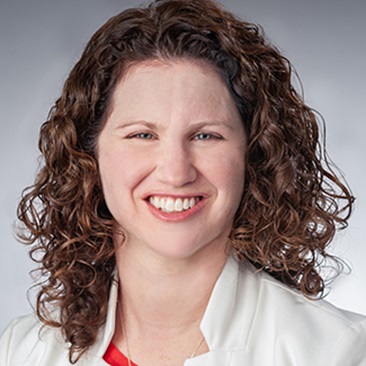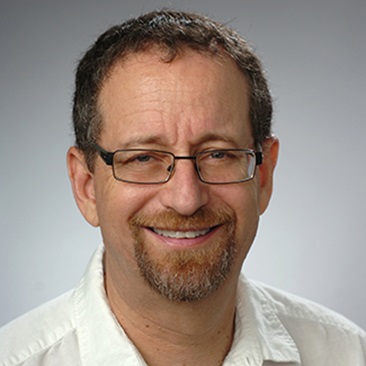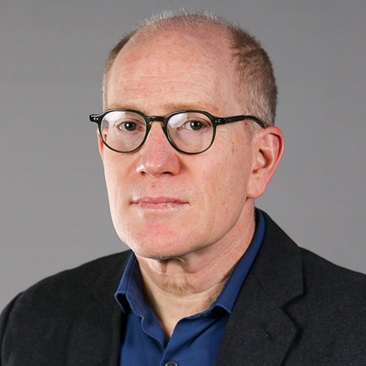Bendix Speaks With PEOPLE and Washington Post About the Wildfires in Los Angeles, Climate Change
January 10, 2025
PEOPLE,The Washington Post
Wildfires in Los Angeles have been marked by two things: their speed and severity. The blazes have rapidly grown to over 29,000 acres in just a few days, drawing widespread alarm and fueling questions about how the fires grew so fast and what other factors are impacting the situation.
“It is already January, but Southern California remains dry, gripped by drought and high temperatures,” says Jacob Bendix, professor emeritus of geography and the environment.
“Both drought and heat are known to be more likely in the context of human-caused climate change, so the fires burning now cannot be dismissed as anomalous events,” he says. “We must recognize that such fires are likely to become more common in the future. The news stories each time will fade after a few days or weeks, but the impacts in terms of lost homes and workplaces will last far longer for local residents, and virtually everyone in the region is likely to face escalating insurance costs, or difficulty obtaining insurance at all.”
Read more in the PEOPLE article, “What's Making L.A. Fires So Bad, Did the City Run Out of Water and Was the Fire Department's Budget Cut? What We Know.”
In the Washington Post article, “What caused the Palisades blaze? Visual evidence points to a recent fire nearby,” Bendix says, “The evidence you have here indicates that it is at least conceivable that remnants from the earlier Lachman Fire gave rise to the Palisades Fire. While the passage of time reduces the probability of restarting, the elapsed time does not make it unrealistic, especially in the absence of intervening precipitation.”
Related News
Commentary

Dec 3, 2025
Commentary

Dec 2, 2025


